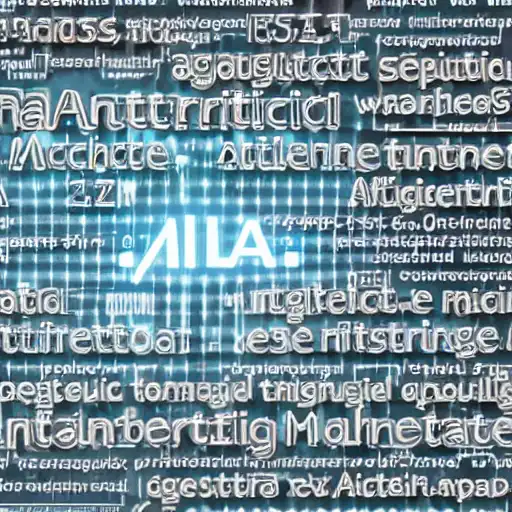
August 26th, 2023
Welcome back to our Advanced Machine Learning series! In this blog post, we'll explore the innovative world of Federated Learning, where AI models collaborate and learn from decentralized data sources while maintaining data privacy and security.
The Paradigm of Federated Learning
Traditional machine learning relies on centralized data collection, which may raise privacy concerns and hinder the sharing of sensitive information. Federated Learning offers an alternative approach where AI models are deployed on devices or servers with local data, and updates are aggregated without sharing raw data.
Key Techniques in Federated Learning
- Model Aggregation: In Federated Learning, local AI models on devices or servers independently learn from their data. Periodically, the models send updates to a central server, where they are aggregated to create a global model. The global model is then shared back with the local models for further improvement.
- Secure Multi-Party Computation (MPC): Secure Multi-Party Computation is a cryptographic technique used to ensure that data remains private even during the aggregation process. Local models send encrypted updates to the central server, and the server can perform computations on the encrypted data without knowing the raw data.
- Differential Privacy: Differential Privacy is another privacy-preserving technique in Federated Learning. It adds random noise to the local updates before aggregation, making it difficult to extract individual information from the global model.
Applications of Federated Learning
Federated Learning finds applications in various domains, including:
- Personalized Recommendations: Federated Learning enables AI models to learn user preferences from individual devices while maintaining user privacy for personalized recommendations.
- Healthcare Diagnostics: Medical institutions can collaborate on diagnostics using Federated Learning without sharing sensitive patient data.
- Smart IoT Devices: Federated Learning allows IoT devices to learn collectively for improved performance without compromising user data.
- Natural Disaster Prediction: Federated Learning facilitates the collaboration of meteorological agencies for more accurate natural disaster predictions.
Implementing Federated Learning with Julia and PySyft
Let's explore how to implement Federated Learning for a simple image classification task using Julia and the PySyft library for secure multi-party computation.
# Load required packages
using Flux
using PySyft
# Define the local and central models
local_model = Chain(Dense(784, 128, relu), Dense(128, 10))
central_model = deepcopy(local_model)
# Encrypt local model parameters
local_model_encrypted = encrypt_model(local_model)
# Perform local training on each device
for device_data in devices_data
local_update = train_local_model(local_model_encrypted, device_data)
local_update_encrypted = encrypt_model(local_update)
send_update_to_central_server(local_update_encrypted)
end
# Aggregate updates on the central server
central_model = aggregate_updates(central_model, received_updates)
# Share the updated central model with the local models
central_model_encrypted = encrypt_model(central_model)
for device_data in devices_data
receive_updated_model(device_data, central_model_encrypted)
end
Conclusion
Federated Learning has transformed AI collaboration by enabling models to learn from decentralized data sources while preserving privacy and security. In this blog post, we've explored model aggregation, secure multi-party computation, and differential privacy, all of which play essential roles in Federated Learning.
In the next blog post, we'll venture into the realm of Explainable AI, where AI systems provide transparent and interpretable insights, bridging the gap between complex models and human understanding. Stay tuned for more exciting content on our Advanced Machine Learning journey!